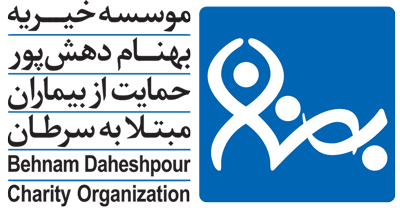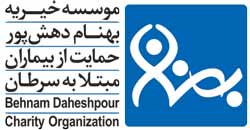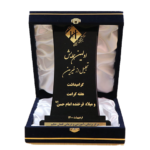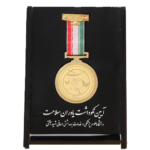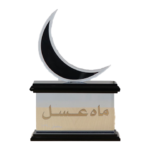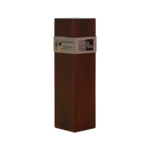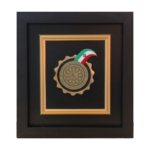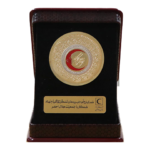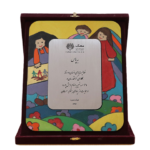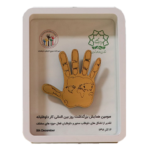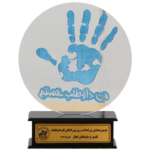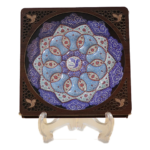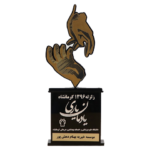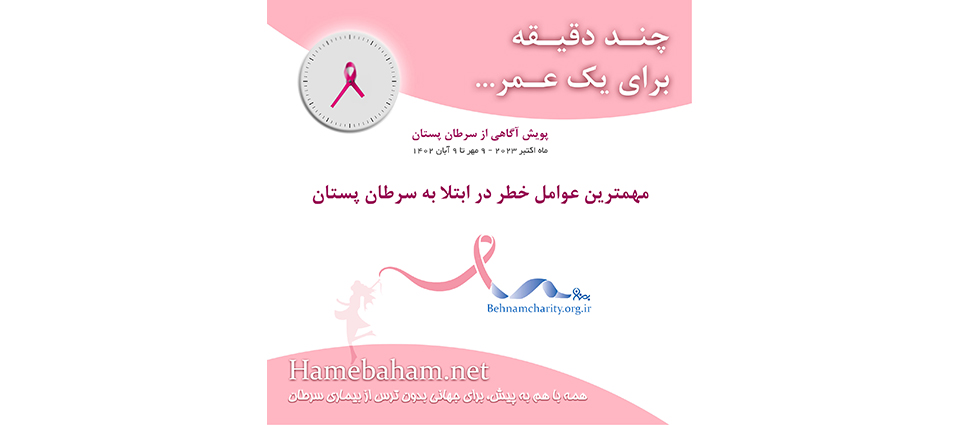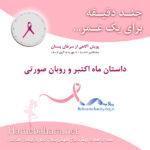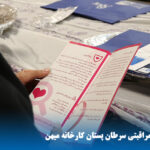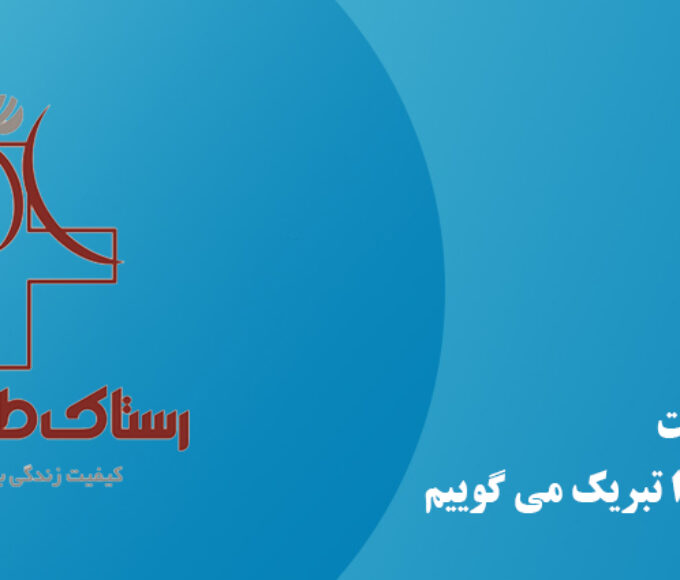مهمترین عوامل خطر در ابتلا به سرطان پستان
اکتبر سالهاست به عنوان ماه جهانی اطلاع رسانی درباره سرطان پستان شناخته شده و در نقاط مختلف جهان، بسیاری از ساختمانهای بزرگ و خیابانها در این ماه به رنگ صورتی در می آیند. رنگ صورتی یک رنگ با پیامهایی چون سرزندگی، شورونشاط، آرامش بخش و کاهش دهنده استرس است و روبان صورتی به عنوان نماد تلاش برای اطلاع رسانی درباره بیماری سرطان پستان و حمایت از این بیماران شناخته میشود. در 30 سال گذشته در این ماه، مراکز عمومی، تجاری، اداری و فروشگاه های مختلف از نمادهای صورتی، رسانه ها و صفحات اجتماعی با انتشار اخبار و اطلاعات و اقدامات ترویجی و حمایتی، افراد با نصب روبانهای صورتی بر روی پیراهن خود یک پیام را به جامعه منتقل میکنند. پیام همه آنها، انتقال آگاهی و حساسیت در جامعه نسبت به سرطان پستان و ایجاد حس همدلی با بیماران مبتلا به سرطان پستان و امیدواری به ادامه مبارزه تا بهبود و درمان کامل در این بیماری است. در اکتبر 1985 اولین رویداد اطلاع رسانی و آگاه سازی عمومی با هدف ترویج ماموگرافی به عنوان موثرترین ابزار تشخیص سرطان پستان توسط انجمن سطان امریکا با همکاری صنایع دارویی اجرا شد و سالهاست در این ماه، بیش از قبل شاهد تلاشهای فردی و سازمانی در سراسر جهان با هر ظرفیت و قابلیت، برای اگاهی رسانی در خصوص بیماری سرطان پستان بین عموم جامعه و به خصوص بانوان با استفاده از نمادهایی به رنگ صورتی هستیم. در سال 1990 سوزان کومان در بنیاد سرطان پستان با اهدای روبان صورتی روشن به بهبودیافتگان از سرطان پستان این مسیر را اغاز کرد. ولی هویت بخشی و ترویج روبان صورتی برای اطلاع رسانی سرطان پستان از سال 1991 توسط شارلوت هیلی به صورت یک اقدام اگاه سازی و حساس سازی عمومی نسبت به اهمیت توجه به سرطان پستان آغاز شد. او در این مسیر روبان هایی رنگی را همراه با کارت هایی با این پیام (بودجه سالانه انستیتو ملی سرطان یک و هشت دهم میلیارد دلار است و فقط پنج درصد از این بودجه به پیشگیری از سرطان اختصاص پیدا میکند) او برای جلب نظر قانونگذاران به اقدامات حمایتی در این زمینه تلاش خود را با تشویق افراد به وصل کردن این ربان ها به لباس خود اغاز کرد. از سال 1992 این اقدام با همکاری بیشتر رسانه های عمومی و در مسیر اگاهی جامعه ادامه پیدا کرد، تا جایی که پیام او دهان به دهان گشت و اعتباری جهانی پیدا کرد. اکنون سالهاست استفاده از رنگ و روبان صورتی با هدف اطلاع رسانی عمومی درباره بیماری سرطان پستان در جهان رایج شده است. شما هم در این پویش اطلاع رسانی و اگاه سازی عمومی همراه ما باشید و با افزایش اگاهی خود و اطرافیان در مورد سرطان پستان به ویژه روشهای غربالگری و تشخیص زودهنگام ما را در مسیر ساختن جهانی بدون ترس از بیماری سرطان یاری دهند.
The most important risk factors of breast cancer
For years, October is known globally for Breast cancer awareness month and many large buildings and streets turn pink in various parts of the world in this month. Pink colour is associated with messages such as vitality, enthusiasm, tranquility and stress reduction and pink ribbon are recognized as a symbol for efforts to raise awareness about breast cancer disease and supporting those who are affected.
Over the past 30 years, during this month, public, commercial centers and various stores have conveyed a message to the community by wearing pink symbols, media and social pages for spreading the news to the community. The message they all share is to raise awareness and sensitivity in society towards breast cancer and to create a caring atmosphere with breast cancer patients and to give hope for the continued efforts towards improvement and completing their treatments.
In October 1985, the first public awareness event aimed at promoting mammography as the most effective tool for diagnosing breast cancer was executed by the American Cancer Society in collaboration with the pharmaceutical industry. For decades now, in this month, we have witnessed individual and organizational efforts worldwide, with every capacity and capability, to raise awareness about breast cancer among the general public, especially women, using pink symbols
In 1990, Susan G. Komen, through the donation of bright pink ribbons to breast cancer survivors, initiated this path. However, the identity formation and promotion of the pink ribbon for breast cancer awareness began in 1991 by Charlotte Haley as an act of public awareness and sensitization about the importance of paying attention to breast cancer.
In this journey, she initiated the use of colorful ribbons accompanied by cards bearing the message (the annual budget of the National Cancer Institute is one and eight-tenths billion dollars, with only five percent of this budget allocated to cancer prevention). She began her efforts to attract the attention of legislators to supportive actions in this field by encouraging people to attach these ribbons to their clothing.
Since 1992, this initiative, with the collaboration of more public media, has continued in the path of community awareness until her message became global and gained international credibility. For years now, the use of pink color and ribbons for public awareness about breast cancer has become common worldwide.
Join us in this public awareness campaign and with increasing yours and your surrounding’s knowledge about breast cancer, especially screening methods and early detection; help us in this path for building a world without fear of this disease.
